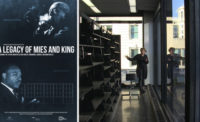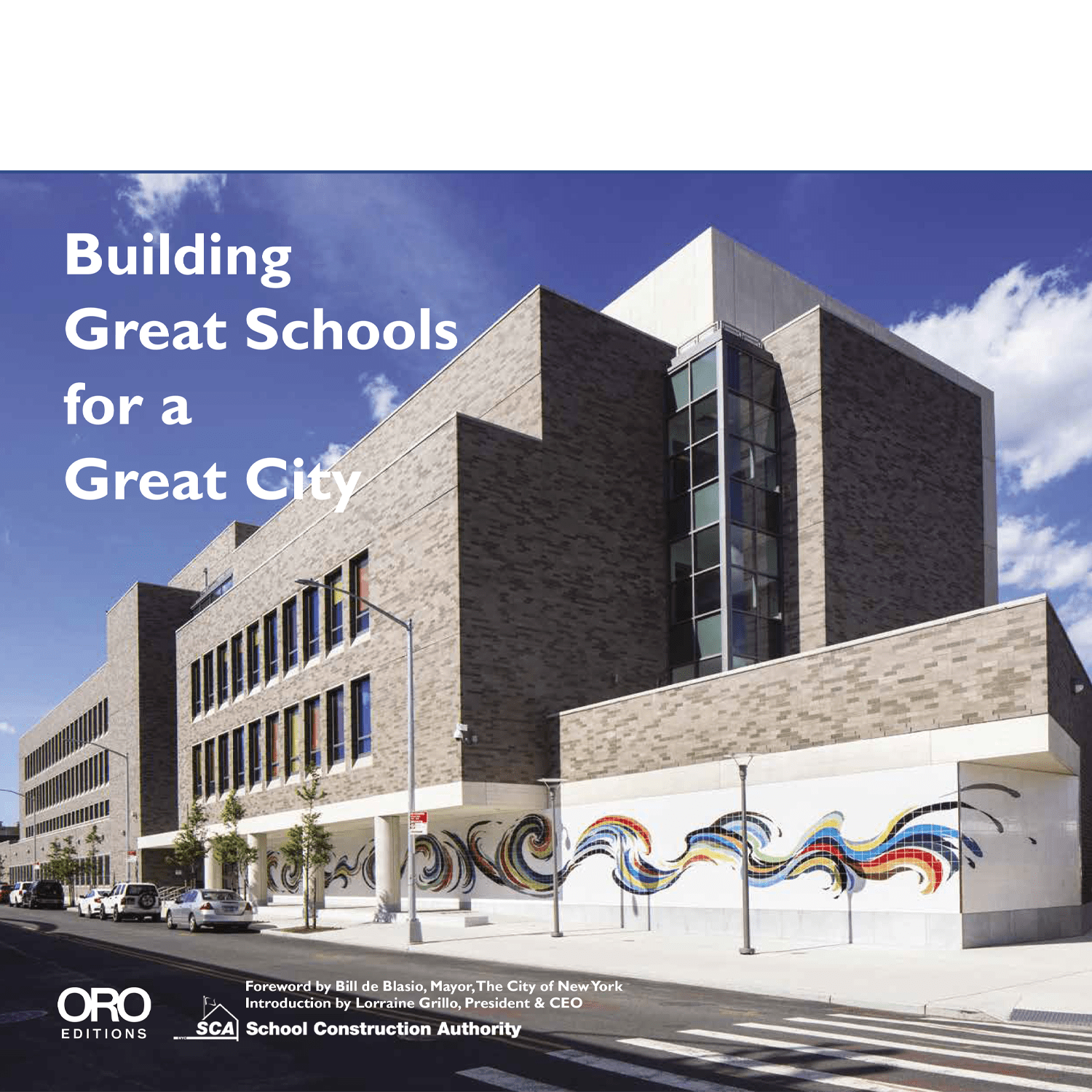Seen through an American lens, Havana becomes distorted—less a city and more a threadbare tapestry of mystery and misery: the midcentury cars somehow still cruising the Malecón; the illicit cigars and rums that have become status-signaling fetish objects; the physical and human ruins of the revolution’s seemingly-perpetual implosion.
Three decades after the fall of the Berlin Wall, there are cracks in Cuba’s 60-year-old Marxist government, with the Castro regime allowing limited property ownership and private enterprise. But for many, Cuba—and Havana specifically—remains a frozen-in-time specter of Cold War Communism, a Yanqi destination for Instagrammable ruin porn.
Iraida Iturralde, the president and director of programming at the Cuban Cultural Center of New York, finds it insulting. “In general, Americans take Cuba with almost a romantic, lighthearted, and in a way arrogant pose,” Iturralde tells Architectural Record. “It’s like, ‘Oh, let’s go to a Communist theme park.’”
Havana has never been as one-dimensional as the pop-culture propaganda. And this year—the 500th anniversary of the city’s founding—is a good one for a corrective. One way Iturralde hopes to change the conversation is through film. The series “Quo Vadis Havana,” running August 23-30 at New York’s Anthology Film Archives, is rather compact at eight films but offers a sweeping, at times surprising angle on Havana.
John Huston’s seldom-seen muscular Hollywood melodrama We Were Strangers (1949) and Carol Reed’s irreverent Graham Greene adaptation Our Man in Havana (1959) recreate pivotal moments of rebellion and change in Cuba (the Machado dictatorship and the waning days of Batista’s regime, respectively). Cuban director Tomás Gutiérrez Alea’s masterpiece Memories of Underdevelopment (1968) interrogates the disaffected middle-class following the revolution and the Bay of Pigs invasion. And Una Noche (2012), directed by the British Lucy Mulloy, is a day-in-the-life, street-level view of a 21st century Havana ravaged by time and neglect.
“There’s a worn-out feeling about the city and people romanticize that,” Mulloy told Vogue in 2013. “Yes, Cuba is stunningly beautiful, but there’s also serious decay and a lack of resources. It makes this very different and confusing dichotomy. That confusion captivated me.”
It’s in the series’ documentaries where that dichotomy is on fullest display—and where viewers are truly forced to confront their preconceptions about the city. Havana: The New Art of Making Ruins (2006), a beautiful film packed with gorgeous and melancholy images of Havana’s crumbling infrastructure, is perhaps the most forceful interrogation of how outsiders see the city. German filmmakers Florian Borchmeyer and Matthias Henschler follow six Habaneros living in and among the city’s decaying housing, and for them the ruins are not tourist kitsch; — they are homes, lives, and, in some ways, identities in a regime constructed to deny individuality.
"I consider myself a ruinologist," Ponte, one of the film's subjects, says in Spanish. "That's the condition of someone who is always thinking about ruins and trying to explain them; who is looking for reasons to explain the perversity of getting pleasure from something that's falling apart." Another, Misleidys, offers a pointed, heartbreaking analysis: "Everything is crumbling. And we are the losers."
The condition of Havana’s long-suffering population is also explored in Fernando Pérez’s lyrical Suite Habana (2003). Shot in cinéma vérité, it follows 10 ordinary people over a 24-hour period. We’re invited into their lives, daily rituals, and personal dramas and share their hopes and struggles. In the process, we encounter the real Havana—or, at least, one closer to reality than the stereotype too many Americans too often ascribe to the city.
“There are people who look at it as a film that reflects a reality of decay, hopelessness, and sadness. There are others who see it as a film that reflects a reality that, despite the difficulties, reaffirms the positive side, the existence of dreams,” Pérez told Film Quarterly in 2007. “I really wanted to make a film about the everyday life in my country, in Havana, but I also tried to encourage the audience to reflect. I'd like for spectators, after having watched the film, to ask themselves: ‘What is the meaning of life? What type of life am I living? What dreams do I or don't I have? What have or haven't I done to achieve my dreams? What type of life surrounds me? What is my context?’”
That question of context is one that can be taken into all the films in “Quo Vadis Havana.” The program Iturralde organized presents a challenge to the cultural arrogance and prejudice that typically colors how we approach Havana. The old cars and crumbling buildings are not aesthetic abstractions for Habernos but a reality born out of decades of authoritarian neglect. That truth should be respected, not trivialized, and these films are a way into a more honest conversation and encounter with the city and its people.
“Each film in the series has something valuable and authentic to offer the audience,” Iturralde says. “And I think they’re going to have an awakening that this is not your usual, superficial treatment of the city."
“Quo Vadis Havana” screens at New York’s Anthology Film Archives August 23-30, 2019. It’s part of the Cuban Cultural Center’s commemoration of the 500th anniversary of the founding of Havana, which culminates with an all-day conference on November 17 at Barnard College. Visit the Cuban Cultural Center of New York’s website for more information about the series and the organization’s other quincentennial events.










